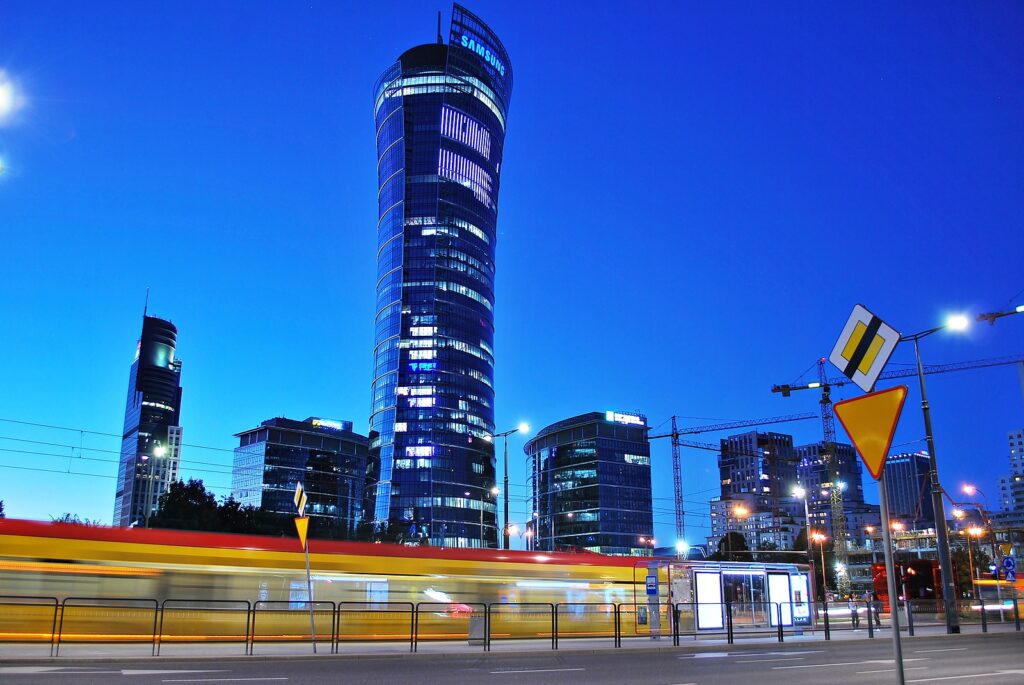Even though the international environment is challenging, and there are significant downside risks, the economic outlook for 2024 has brightened significantly in most economies of Central, Eastern and Southeastern Europe, and especially in the EU member states.
This is the finding of the new Winter Forecast by the Vienna Institute for International Economic Studies (wiiw) for 23 countries of the region.
“The dramatic fall in inflation, sharp rise in real wages and pickup in private consumption, combined with imminent cuts in key interest rates, should put growth back on track,” says Richard Grieveson, deputy director of wiiw and lead author of the Winter Forecast.
“The hoped-for recovery of the German economy, which is so important for the region and which should materialise by the middle of the year, is, of course, also an important element.”
For 2024, wiiw forecasts average growth of 2.5 per cent for EU members in the region. After experiencing only minimal growth of 0.6 per cent last year, this year they are once again expected to significantly outperform the euro area (0.8 per cent).
“The EU members in Central and Eastern Europe are returning to normality and will continue the process of economic convergence with Western Europe that was interrupted last year,” says Grieveson.
The Visegrád countries of Poland, Czechia, Slovakia and Hungary should also expand by an average of 2.5 per cent, thus overcoming the economic stagnation of 2023 (0.1 per cent). Poland and Hungary have regained greater access to EU funds due to political developments (new government in Poland, Viktor Orbán’s Ukraine deal with the EU).
Geopolitical risks dominate
The South East European EU members Romania (three per cent) and Croatia (2.6 per cent) are also expected to post solid growth. The economy there is being supported not least by inflows of funds from the NextGenerationEU Covid-19 recovery fund.
The six countries of the Western Balkans will expand by an average of 2.6 per cent. The slight recovery in war-torn Ukraine should continue, with GDP growth of three per cent; but that is dependent on the further course of the war and, above all, on Western aid.
As for Russia, the aggressor, the robust growth of its war economy observed last year (3.5 per cent) is expected to more than halve this year (to 1.5 per cent), while Moldova (3.7 per cent) and Kazakhstan (4.2 per cent) will see the most dynamic growth in the region.
Despite the positive outlook, there are significant downside risks. “A continued recession in Germany, an escalation of the wars in Ukraine and Gaza, disruptions to supply chains such as those currently occurring in the Red Sea and, above all, the election of Donald Trump as the next US president could seriously jeopardise the recovery,” says Grieveson.
In his view, the geopolitical risks dominate, especially concerning the next US administration and the wars in Ukraine and the Middle East.
Falling inflation
Although the inflation crisis has not yet been fully resolved, inflation in those countries of the region that are EU members will more than halve in 2024, to an average of 4.7 per cent. In the countries of the Western Balkans, there will be a similarly steep decline, to an average of 3.8 per cent. Inflation will also fall sharply in most of the other countries surveyed, with the exception of the special cases of Turkey, Russia and Belarus.
Although core inflation (excluding energy and food) is likely to remain higher, in view of strong real wage increases and rising consumer spending, the upward trend in prices is much lower than a year ago—particularly for energy, but also for food.
In the medium term, the region will nevertheless have to adjust to slightly higher inflation rates than before the invasion of Ukraine.
Ukraine: Hesitant Western support could jeopardise recovery
A Donald Trump election victory would probably have especially serious consequences for Ukraine.
Although the country performed much better than expected in 2023, with growth of 5.5 per cent, the current unpredictability surrounding the continuation of vital financial aid from the US and the EU is creating great economic uncertainty. wiiw has therefore cut its growth forecast for 2024 by 1.2 percentage points, to three per cent.
In addition to the start of EU accession negotiations, one success of last year was the increase in agricultural exports by sea: these rose to the highest level seen since the start of the war, thanks to circumvention of the Russian Black Sea blockade.
“In view of an expected budget deficit of 25 per cent of GDP, which is primarily financed by Western aid, the ongoing delays in the commitment and disbursement of funds naturally have an extremely negative effect on confidence in the Ukrainian economy,” warns Olga Pindyuk, Ukraine expert at wiiw.
“Unfortunately, these uncertainties are likely to become the new normal for Ukraine.”







